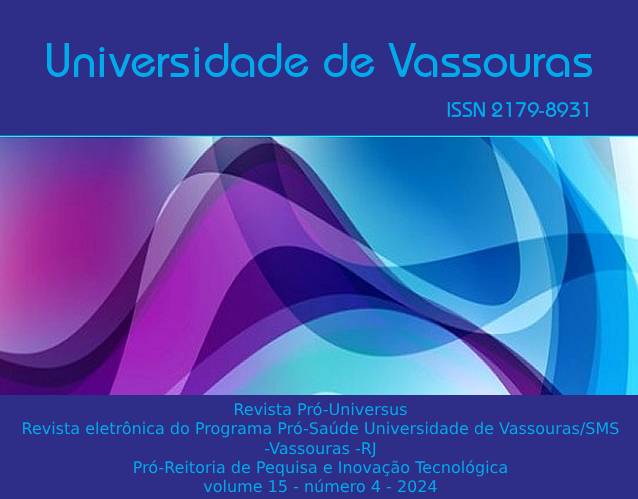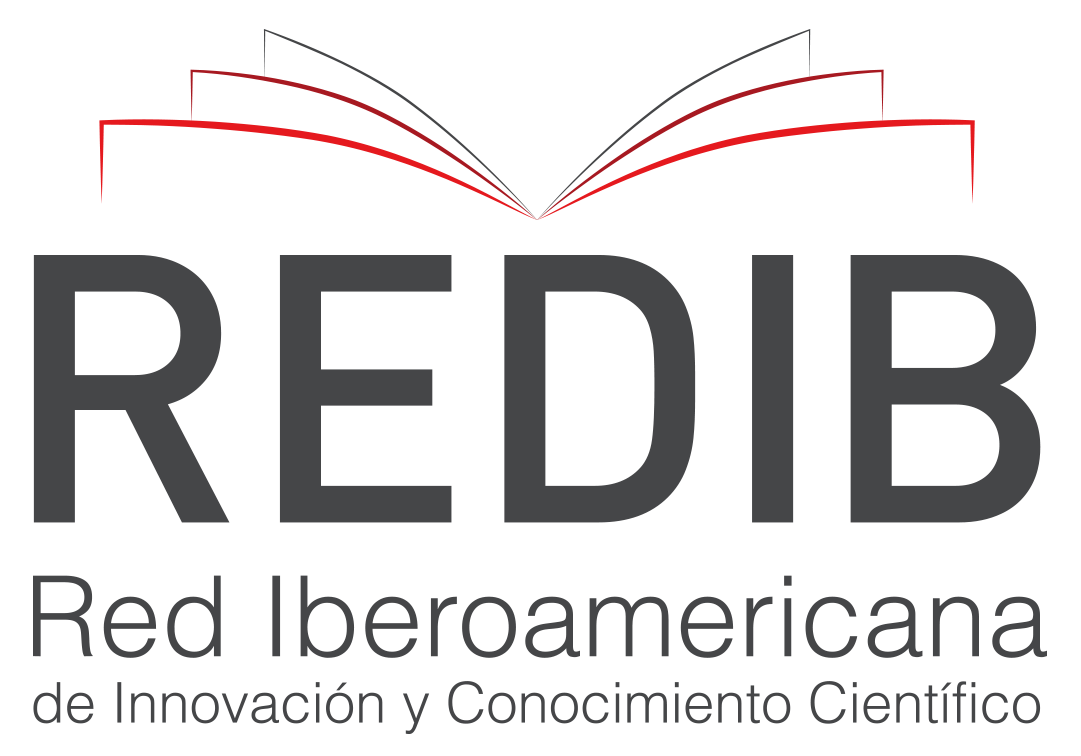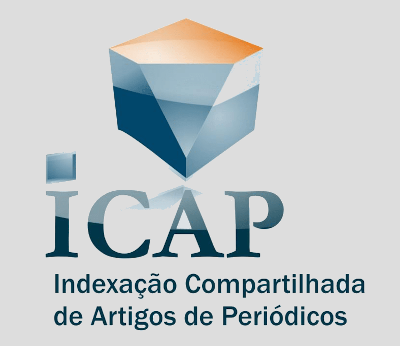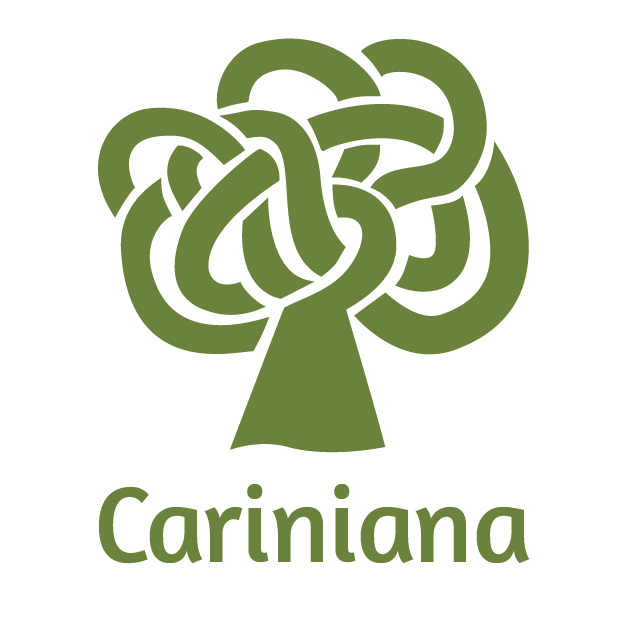Is green metallic sheen in emb agar accurate to assist the Escherichia coli identification?
DOI:
https://doi.org/10.21727/rpu.v15i4.4520Resumo
Escherichia coli is an essential bacteria as a human and animal pathogen, although this species can also be disseminated in the environment. The clinical laboratories use EMB agar (Eosin Methylene Blue) to identify E. coli from the observation of metallic green sheen. However, other bacterial species may show sheen when sown on EMB agar, or in some cases, the pH sample influences the presence of this sheen by E. coli. In this study, MALDI-TOF was used as the gold standard to detect E. coli from human, animal, and environmental samples by analyzing the presence of green glow on EMB agar. The positive predictive values (PPV) were higher (above 85%) in human, animal, and environmental samples studied, and the negative predictive value (NPV) was variable between the samples. Specificity and sensitivity were also variables suggesting the influence of the pH of the samples in the presence of metallic green brightness. This work demonstrated that it is necessary to implement biochemical tests or, when possible, molecular assays to confirm E. coli since only the observation of the production of metallic green glow in EMB can generate false negative results in the identification of E. coli.
Keywords: Biochemical tests; Escherichia coli; Laboratory Analysis; MALDI-TOF.
Downloads
Downloads
Publicado
Edição
Seção
Licença
Copyright (c) 2024 Hosana Dau Ferreira de Souza, Paula Fernanda Alves Ferreira, Thereza Cristina da Costa Patricio, Gabrielli Stefaninni Santiago, Irene da Silva Coelho, Miliane Moreira Soares de Souza, Kayo Cesar Bianco Fernandes, Shana de Mattos de Oliveira Coelho

Este trabalho está licenciado sob uma licença Creative Commons Attribution 4.0 International License.
Autores que publicam nesta revista concordam com os seguintes termos:
Autores mantém os direitos autorais e concedem à revista o direito de primeira publicação, com o artigo simultaneamente licenciado sob a Licença Creative Commons Creative Commons CC BY que permite o compartilhamento do trabalho com reconhecimento da autoria e publicação inicial nesta revista. Esta licença permite que outros distribuam, remixem, adaptem e criem a partir do seu trabalho, mesmo para fins comerciais, desde que lhe atribuam o devido crédito pela criação original. É a licença mais flexível de todas as licenças disponíveis. É recomendada para maximizar a disseminação e uso dos materiais licenciados.
Autores têm autorização para assumir contratos adicionais separadamente, para distribuição não-exclusiva da versão do trabalho publicada nesta revista (ex.: publicar em repositório institucional ou como capítulo de livro), com reconhecimento de autoria e publicação inicial nesta revista.
Ver o texto legal da licença em: https://creativecommons.org/licenses/by/4.0/














